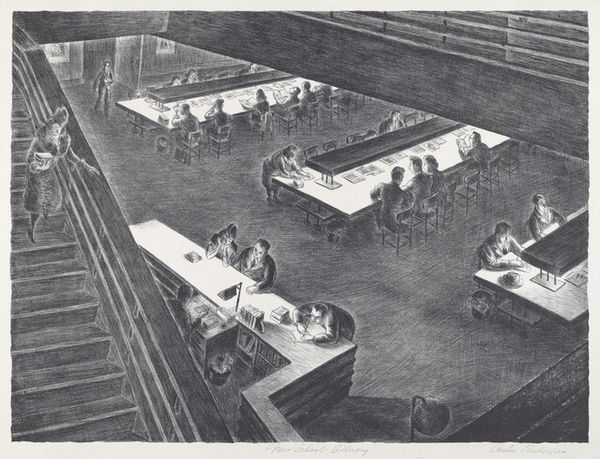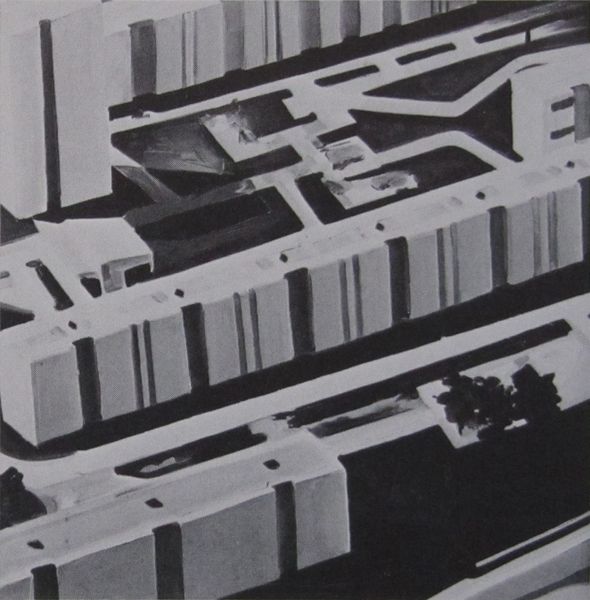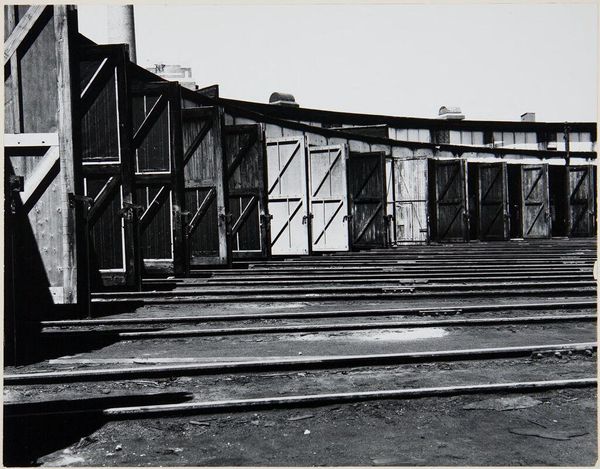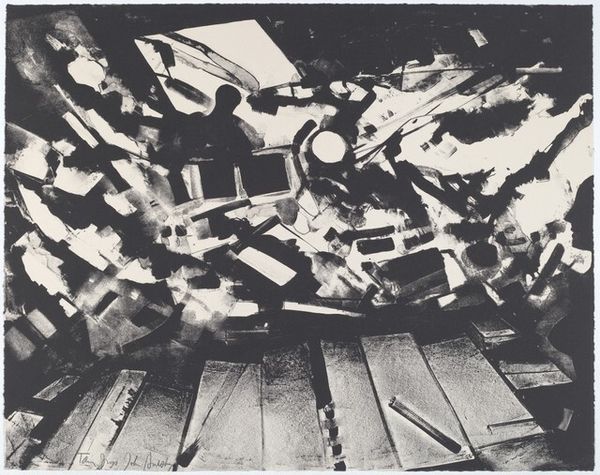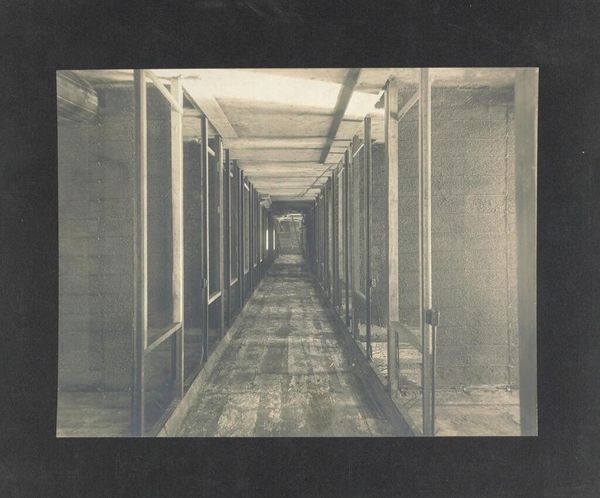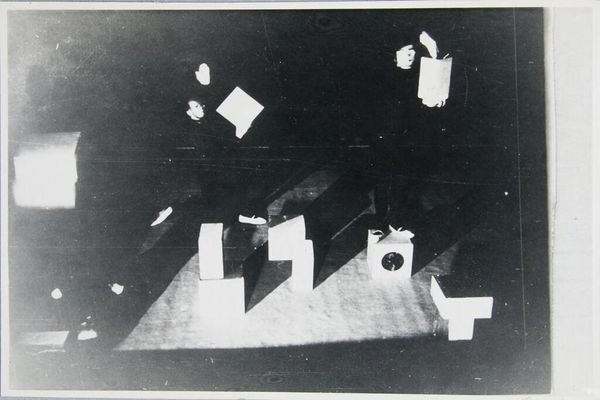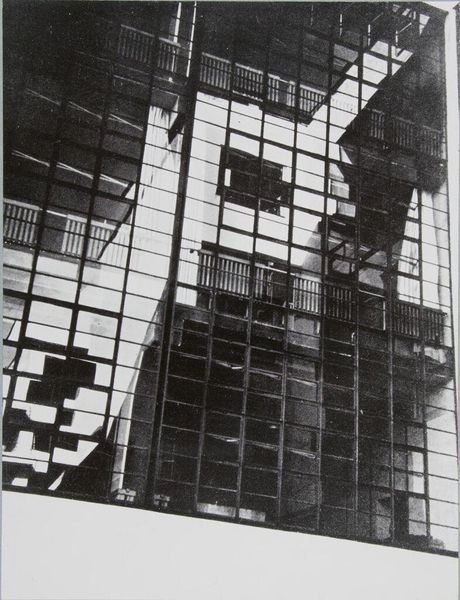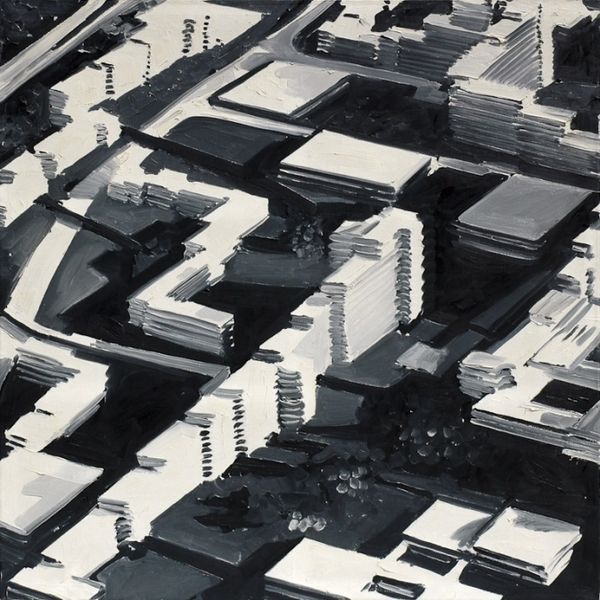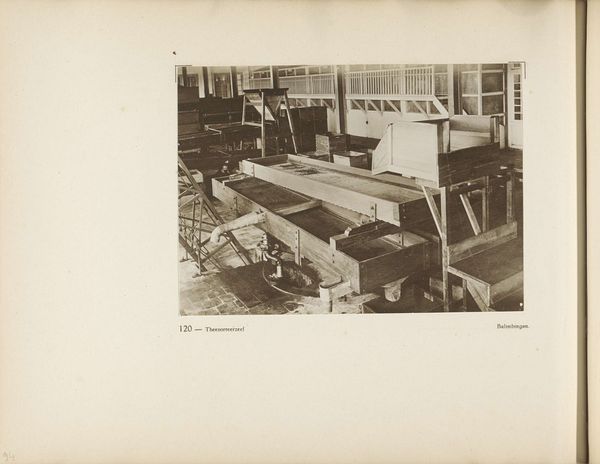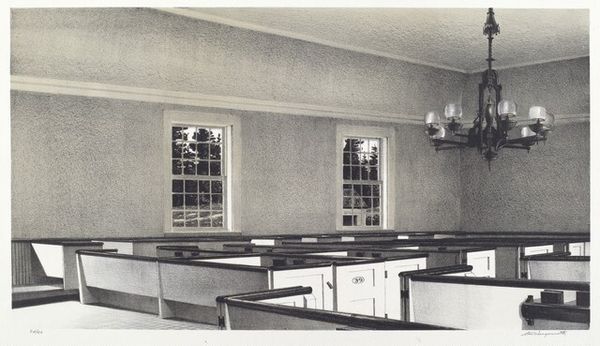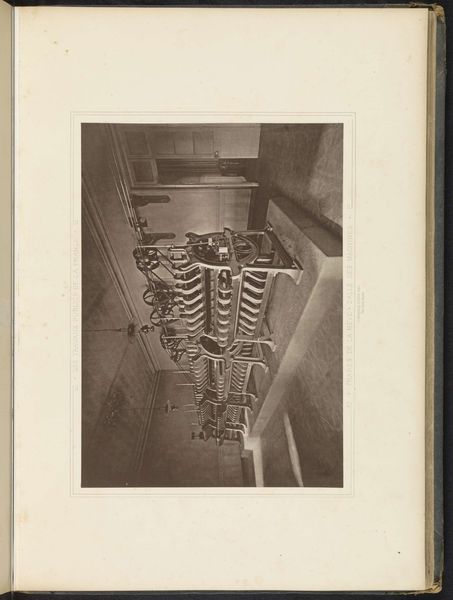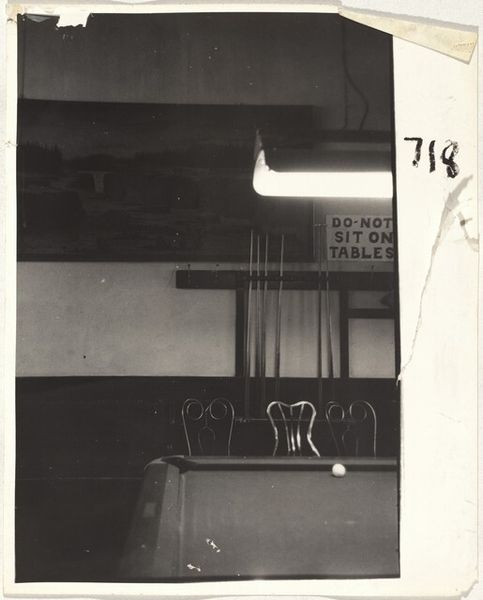
photography
#
still-life-photography
#
pictorialism
#
photography
#
cityscape
Dimensions: sheet (trimmed to image): 11.5 x 9.1 cm (4 1/2 x 3 9/16 in.)
Copyright: National Gallery of Art: CC0 1.0
Editor: This is "291 from Clarence White's Studio, 5 West 31st Street," a photograph by Karl Struss, taken in 1912. It feels incredibly modern for its time; the focus on rooftops creates almost an abstract composition. What draws your eye when you look at it? Curator: Immediately, I think about the '291' Gallery itself and its influence. Alfred Stieglitz ran it; it was a vital space for promoting modern art in America, including photography as a fine art. Struss’s photograph becomes, in this context, less a straightforward depiction and more a statement about artistic vision. Notice how the soft focus aligns with the Pictorialist movement, mimicking painterly effects. Editor: So, was it radical to photograph something so…ordinary? Rooftops don’t scream "high art." Curator: Exactly! That’s precisely where its significance lies. At the time, photography was often trying to prove itself as art by imitating painting. But Struss, within the environment of '291', embraces the urban landscape. He elevates the mundane, inviting viewers to find beauty in the everyday reality of the modern city. Think about the social changes happening then, the rise of cities…photography becomes a powerful tool for documenting and interpreting these shifts. Who gets to represent and document the urban experience became an urgent political matter. Editor: That’s fascinating. It’s almost like he’s not just showing us a view, but also commenting on what’s worthy of being viewed, or worthy of photographic representation in this moment in time. Curator: Precisely. By focusing on rooftops – often overlooked spaces – Struss challenges the conventional ideas of beauty and elevates the perspective of modern urban life. He highlights the power structures embedded within art institutions. Editor: I'll definitely look at cityscape photography differently from now on, considering its role in shaping perceptions of urban experience. Curator: And I will reconsider how a photographic scene challenges aesthetic norms in connection with new perspectives of city life and distribution of wealth and resources.
Comments
No comments
Be the first to comment and join the conversation on the ultimate creative platform.
